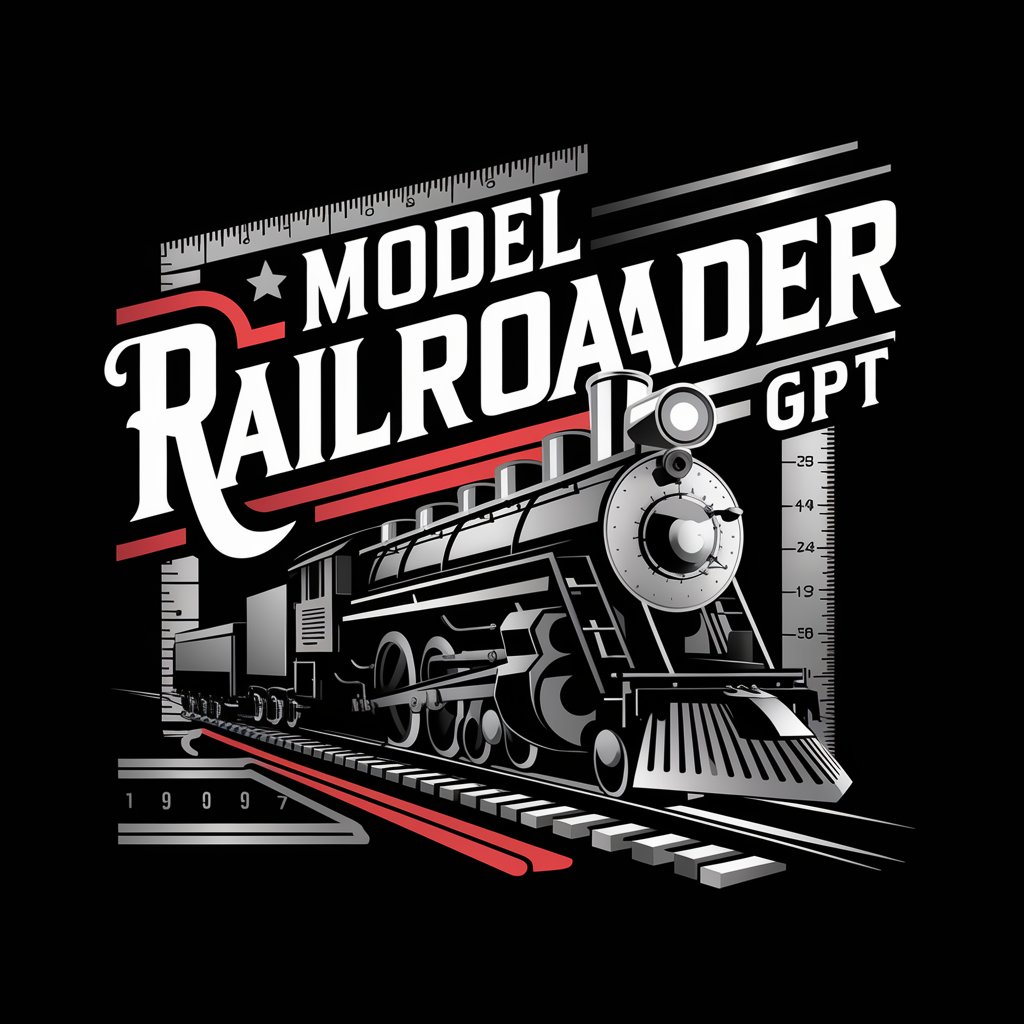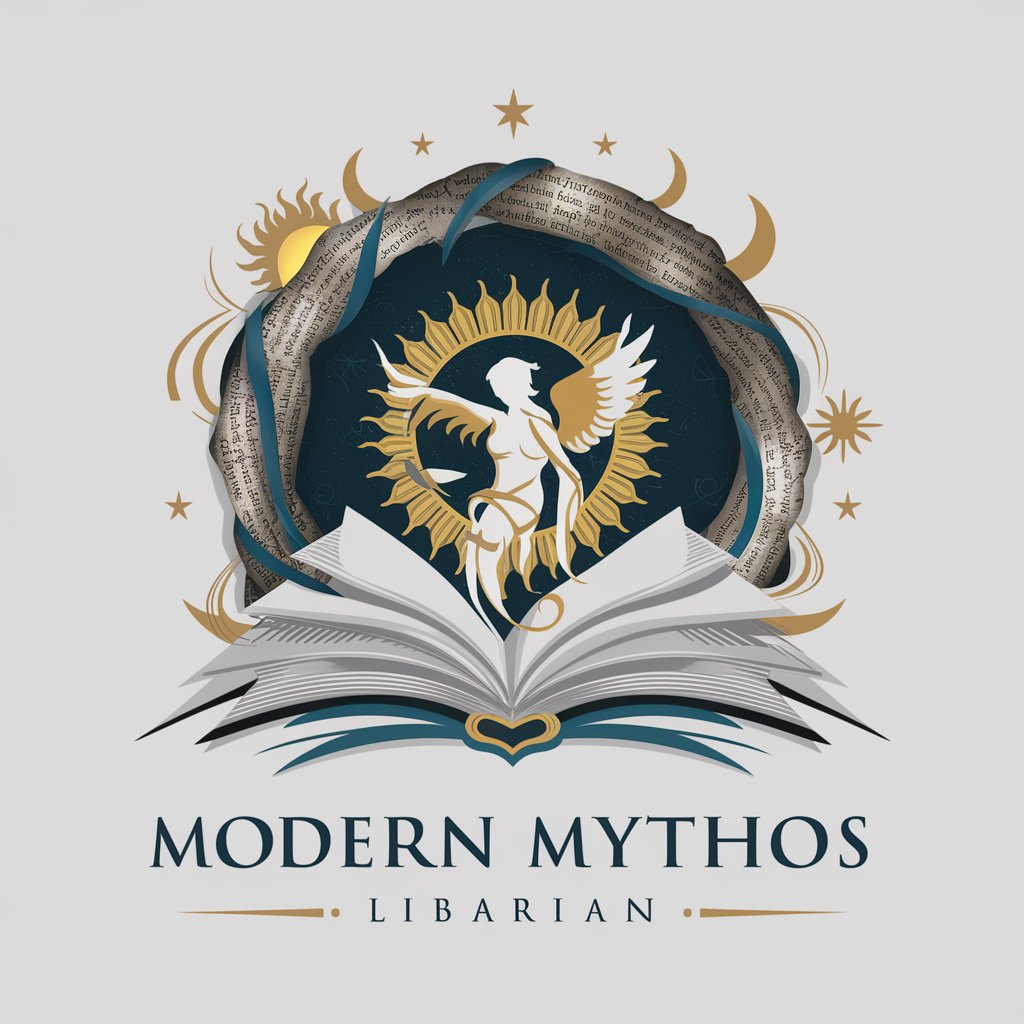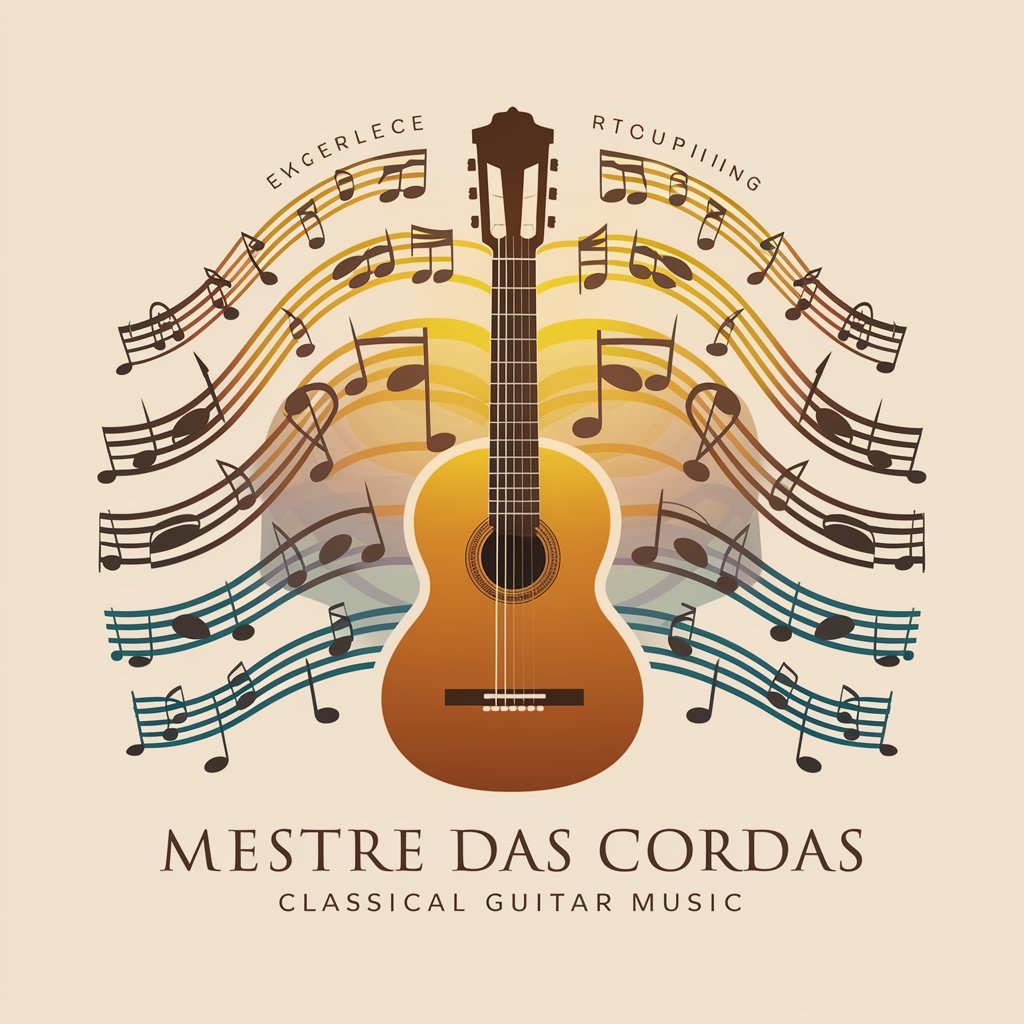Model Railroader - Scale Modeling Assistance

Welcome! Ready to dive into the world of model railroading?
Elevate Your Model Railroading with AI
How do I convert measurements between HO and N scale?
What is the best way to design a layout for an O scale model railroad?
Can you help me understand the differences between various model train gauges?
What are some tips for accurately scaling model buildings for a G scale layout?
Get Embed Code
Understanding Model Railroader
Model Railroader is designed as an expert system specializing in the domain of model railroading, focusing particularly on conversions between different scales and gauges that are prevalent in the hobby. Its core purpose is to assist enthusiasts in accurately scaling models, layouts, and accessories, ensuring that the intricate details of railroading are preserved across various scales such as HO, N, O, and G, among others. Model Railroader offers detailed information, calculations, and advice relevant to scale modeling. For example, if a hobbyist is working on a scale model of a historical train station in O scale and needs to convert it to HO scale, Model Railroader can provide the precise scaling ratios and advice on adjusting details to ensure accuracy and realism in the smaller scale. Powered by ChatGPT-4o。

Core Functions of Model Railroader
Scale Conversion
Example
Converting a 1:48 scale O scale building to 1:87 HO scale.
Scenario
A user has detailed measurements of a station in O scale and seeks to reproduce it in HO scale. Model Railroader provides the necessary scaling ratio (0.5435) and advice on adjusting details for the smaller size, ensuring the model retains its historical accuracy and aesthetic appeal.
Gauge Explanation
Example
Explaining the difference between standard gauge and narrow gauge in model railroads.
Scenario
A new hobbyist is confused about why certain N scale models won't run on their tracks, despite being the same scale. Model Railroader clarifies the concepts of gauge versus scale, explaining that the issue may be due to a mismatch in gauge (e.g., standard vs. narrow gauge) and offers solutions for compatibility.
Layout Scaling Advice
Example
Designing a model railroad layout in a limited space.
Scenario
A user wants to create a detailed G scale layout but has limited room. Model Railroader advises on how to scale down the concept to fit within the available space, suggesting compact design techniques and how to select scenes and elements that capture the essence of the intended theme without requiring extensive space.
Who Benefits from Model Railroader?
Hobbyists and Enthusiasts
Individuals deeply engaged in the hobby of model railroading, who appreciate the nuances of scale, detail, and historical accuracy. They benefit from detailed scale conversions and layout advice to enhance their modeling projects.
Beginners
Newcomers to model railroading can find the hobby's complexity daunting. Model Railroader serves as an educational tool, offering clear explanations on scales, gauges, and basic modeling techniques, thereby making the hobby more accessible.
Educators and Clubs
Teachers or club leaders looking to incorporate model railroading into their curriculum or activities. Model Railroader provides a valuable resource for planning projects, understanding the educational aspects of the hobby, and fostering a deeper appreciation for the technical and historical aspects of railroading.

How to Use Model Railroader
Start Free Trial
Visit yeschat.ai for a complimentary trial, accessible immediately without the need for ChatGPT Plus or any login credentials.
Identify Your Needs
Determine the scale, gauge, or conversion requirement you need assistance with, whether it's for HO, N, O, G scales, or others.
Ask Specific Questions
Pose detailed inquiries related to model railroading, including scaling measurements, layout planning, or gauge conversions.
Utilize Tips and Advice
Apply the tips and advice provided to optimize your model railroad planning, construction, and maintenance efforts.
Explore Advanced Features
Leverage advanced features for in-depth guidance on complex projects, such as recreating historical railways or integrating digital control systems.
Try other advanced and practical GPTs
Yapay Zeka Satış Temsilciniz!
Empowering Your Fabric Choices with AI

Herbalist
Empowering herbal insights with AI

Modern Mythos
Unlock the world of myths with AI

진철 GPT
Empower creativity and productivity with AI

Pro Prompt Creator
Crafting precise AI-driven prompts.

Bunker Designer
Design Your Survival Bunker with AI

Historical Event Explorer
Explore history with AI-powered precision.

김메모
AI-powered Zettelkasten Note Assistant

GPT College Football
AI-powered College Football Analysis

Mestre das Cordas
Empowering Your Guitar Journey with AI

AI Content Detector
Empowering content integrity with AI detection

Swarm Agent Chatbot
Harness AI Power for Efficient Agency Management

Model Railroader Q&A
How can I convert HO scale measurements to N scale?
To convert HO scale (1:87) measurements to N scale (1:160), divide the HO measurement by 0.543. This ratio accounts for the scale difference, allowing for accurate model resizing.
What's the best way to plan a layout for different scales?
Start by determining the available space and desired theme. Use software like SCARM or RailModeller Pro to experiment with layouts, ensuring you account for the scale's space requirements and track curvature limitations.
Can Model Railroader help with digital command control (DCC) integration?
Yes, it offers guidance on incorporating DCC systems into your layout, including choosing the right control system, installing decoders in locomotives, and optimizing track wiring for signal integrity.
How do I choose the right scale for my model railroad?
Consider your space, desired level of detail, and handling ease. HO scale is versatile and popular, while N scale suits limited spaces. O scale is great for detail, and G scale is ideal for outdoor gardens.
What are some tips for realistic scenery modeling?
Layer your scenery starting with ground cover, then add bushes, trees, and structures. Use varying shades and textures to enhance realism, and consider the seasonal setting of your layout for color accuracy.
